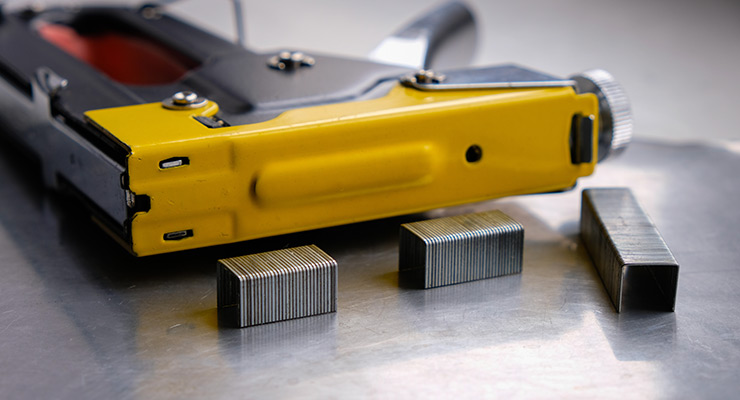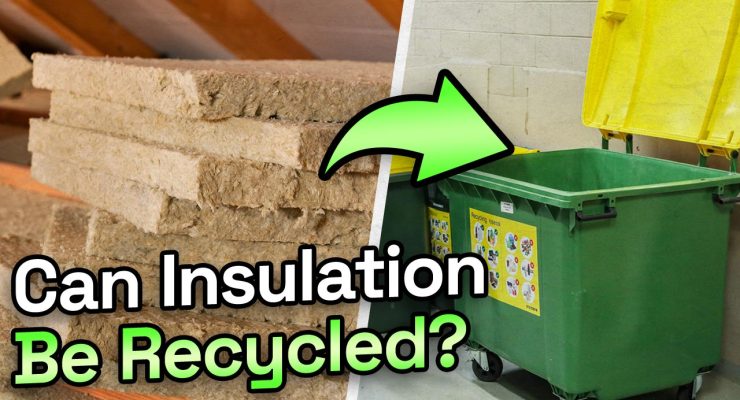Fast read
Stapling insulation is effective for underfloor insulation, particularly with polyester insulation, as its robust fibres hold staples well. Stapling ensures the insulation stays in place and prevents rat nesting. Only electric staplers, which are doubly insulated, should be used to prevent electric shocks if wires are clipped.
Use a portable Residual Current Device for safety. It stops power during an electrical problem for added protection. Keep the power source on for safety and convenience.
Lights help you see better and reduce damage risks. Power alerts can signal when wires are stapled, indicating the need for an electrician to prevent fires.
Why Stapling is Effective for Insulation
Stapling is one of the most reliable methods to secure underfloor insulation. When insulation is properly stapled, it stays firmly against the flooring, maximising its thermal performance. Loose or improperly secured insulation can sag or fall out of place, leading to cold spots and reduced energy efficiency. Moreover, stapling helps in maintaining a neat installation, which is crucial for the insulation to work effectively.
Choosing the Right Insulation
Fibreglass insulation isn’t good for stapling because its fibres are too loose, however, polyester insulation is great for stapling. Its strong, heat-bonded fibres hold staples well. This type of insulation stays in place, is eco-friendly, and is safe to handle.
Safety Precautions
Before you start stapling insulation under your floor, it’s crucial to secure your safety. Here are some important safety measures to follow:
Use Electric Staplers for Insulation
When working beneath the floor with insulation, always use electric staplers. These tools are doubly insulated, which reduces the risk of electric shock if you accidentally clip a wire. Manual staplers can be less effective and may not provide the same level of safety.
Install a Portable Residual Current Device
A portable Residual Current Device (RCD) is an essential safety tool when using any electrical equipment. This add-on safety device turns off power during electrical malfunctions, keeping you safe from shocks and fire resistant. Make sure to use an RCD that is compatible with your stapler and follow the manufacturer’s instructions for installation and use.
Keep the Power On
It might seem counterintuitive, but it’s recommended to keep the power on while stapling insulation under the floor.
- Enhanced Visibility: Working with adequate lighting is crucial. Good visibility reduces the risk of accidentally damaging any wiring, pipes, or ducts. Make sure to use proper work lights and not just rely on a flashlight, as shadows can obscure important details.
- Immediate Alerts: If you accidentally staple a wire, the live current will cause the power supply to trip immediately. This immediate alert allows you to address the problem right away, calling an electrician to fix any damaged wiring. This proactive approach can prevent unforeseen electrical issues that might pose a fire hazard later on.
Preparation Steps
Before you begin stapling, gather all the necessary tools and materials.
- Electric stapler
- Portable Residual Current Device (RCD)
- Work lights
- Safety goggles and gloves
- Polyester insulation
- Using a Staple Gun
Installation Process
- Inspect the Area: Before installing the insulation, thoroughly inspect the underfloor area.
- Measure and Cut the Insulation: Measure the spaces between the floor joists and cut the insulation to fit snugly. Polyester insulation can be easily cut with a utility knife.
- Position the Insulation: Place the insulation between the floor joists, ensuring that the heat-bonded side is facing the floor. This helps in maximising the thermal efficiency of the insulation.
- Staple the Insulation: Using your electric stapler, attach the insulation to the floor joists. Start from one end and work your way to the other, placing staples approximately every 6-8 inches. Make sure the insulation is secure and flat against the floor.
- Check for Gaps: After stapling, check for any gaps or areas where the insulation may not be properly secured. Fill any gaps with additional insulation and staple as needed.
Post-Installation Tips
Once you’ve finished stapling the insulation, take the following steps to ensure everything is in order:
- Double-check the Wiring: Verify that no wires have been damaged during the installation process. If you find any issues, immediately turn off the power and contact an electrician.
- Clean Up: Remove any debris or leftover insulation material from the work area. Properly dispose of any waste according to local regulations.
- Test the Insulation: After everything is in place, test the insulation by turning on your heating or cooling system. Check for any cold spots or areas where the insulation might not be performing as expected.
So can you Staple Insulation?
Stapling insulation under your floor is a highly effective method to ensure it stays in place and performs optimally. By using polyester insulation and following the safety precautions outlined above, you can achieve a secure and long-lasting installation.
Remember to always prioritise safety by using electric staplers and portable Residual Current Devices. Keeping the power on during installation not only enhances visibility but also provides immediate alerts to any potential electrical issues. With careful planning and attention to detail, you can successfully insulate your underfloor space, improving your home’s energy efficiency and comfort.




